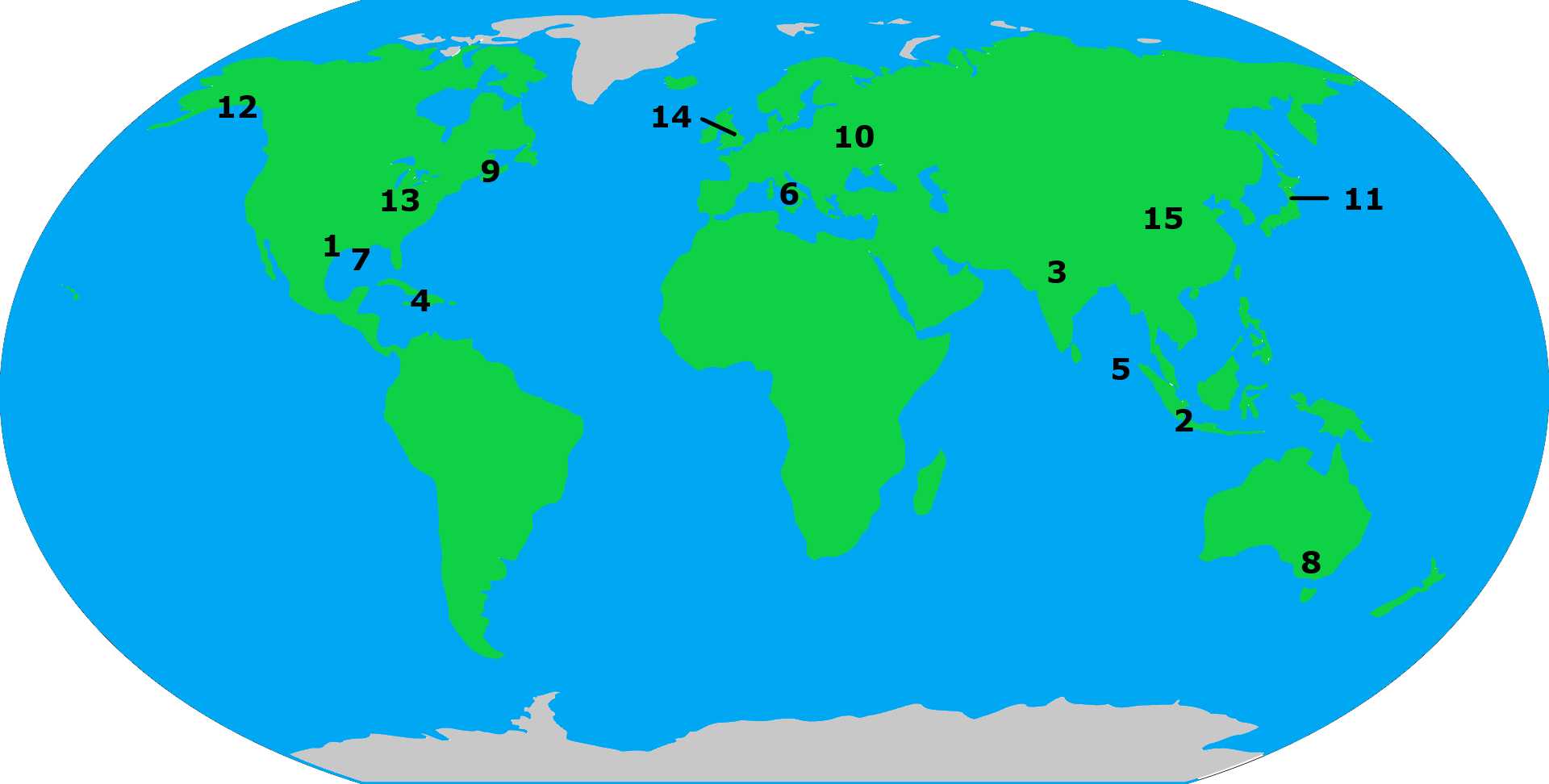Quiz Answer Key and Fun Facts
1. 1900 - 'The Great Storm'
2. 1883 - Explosion of Krakatoa
3. 1984 - Bhopal Gas Leak
4. 2010 - Magnitude 7.0 Earthquake
5. 2004 - Boxing Day Tsunami
6. 79 - The Destruction of Pompeii
7. 2010 - Deepwater Horizon
8. 2009 - Black Saturday Bushfires
9. 1917 - Explosion of the SS Mont-Blanc
10. 1986 - The Chernobyl Disaster
11. 2011 - Fukushima Nuclear Accident
12. 1989 - Exxon Valdez Oil Spill
13. 1962 - Centralia Mine Ignition
14. 1952 - 'The Great Smog'
15. 1975 - Catastrophic Dam Failure
Source: Author
kyleisalive
This quiz was reviewed by FunTrivia editor
gtho4 before going online.
Any errors found in FunTrivia content are routinely corrected through our feedback system.

